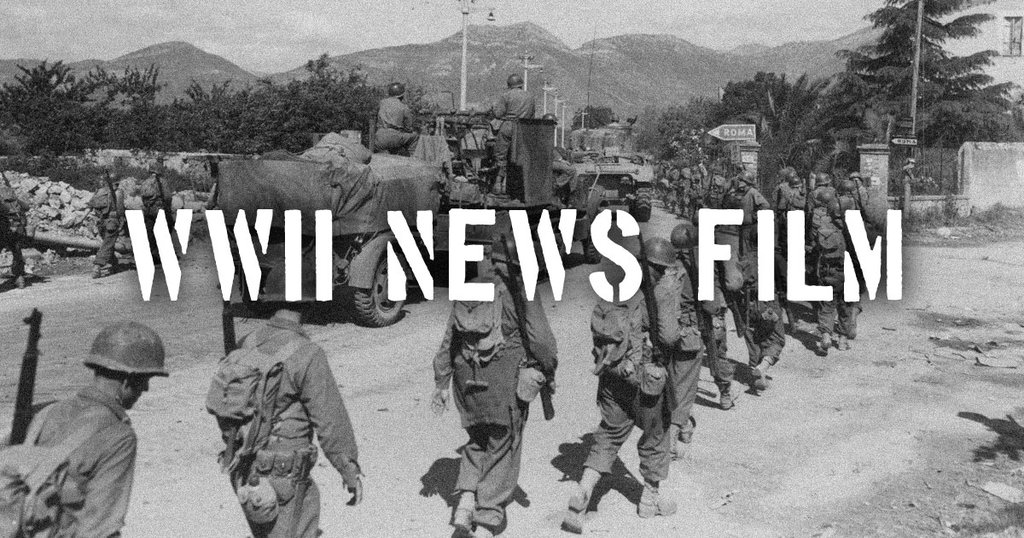
-

K-Ration: WWII Assault Ration (Supper Unit), US Army, from The Big Picture TV-211 (circa 1
-

81mm Mortar Squad In Action, Normandy, France WW2 (full)
-

Medical Service In The Jungle 1944 WWII U.S. Army (full)
-

U.S. Marines in Battle of Tarawa | 1943 | WW2 Documentary in Color
-

Army 83rd Infantry Division - WWII In Europe
-

The U.S. Army Nurse in World War 2 - 1944
-

U.S. ARMY OPERATION TORCH "AT THE FRONT IN NORTH AFRICA" JOHN FORD 75462
-

COMBAT BULLETIN NO. 48
-

COMBAT BULLETIN NO. 49
-

TARAWA 2 of 2 WWII RARE COLOR FILM
-

CRUSADE IN THE PACIFIC TV SHOW EPISODE 7 "Guadalcanal: America's First Offensive" 73172
-

Bougainville - 1943-1945 WWII 80650
